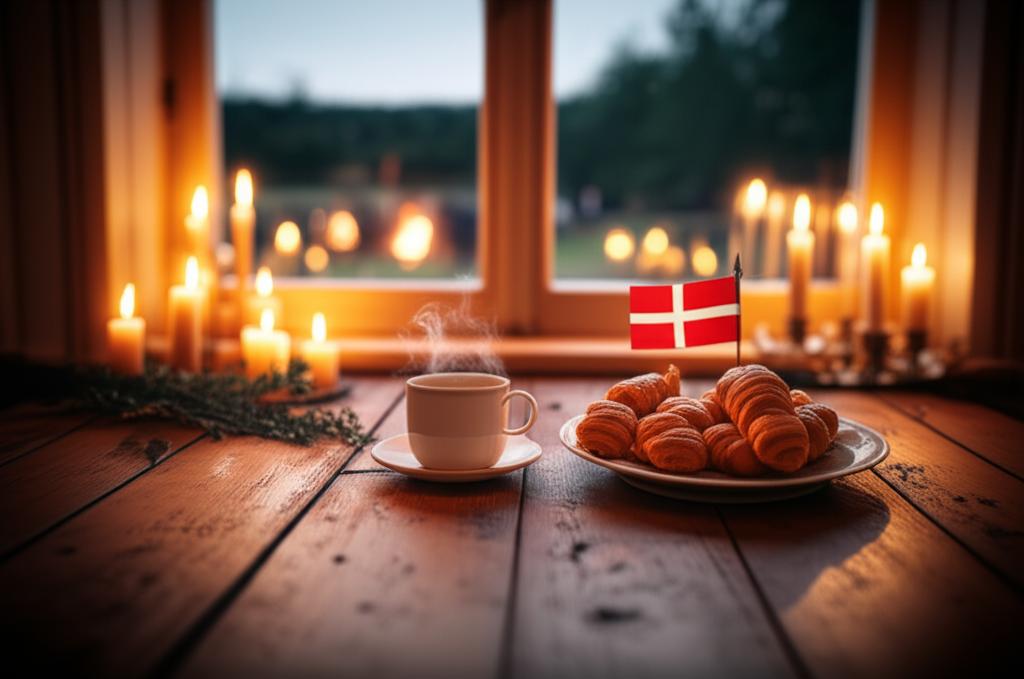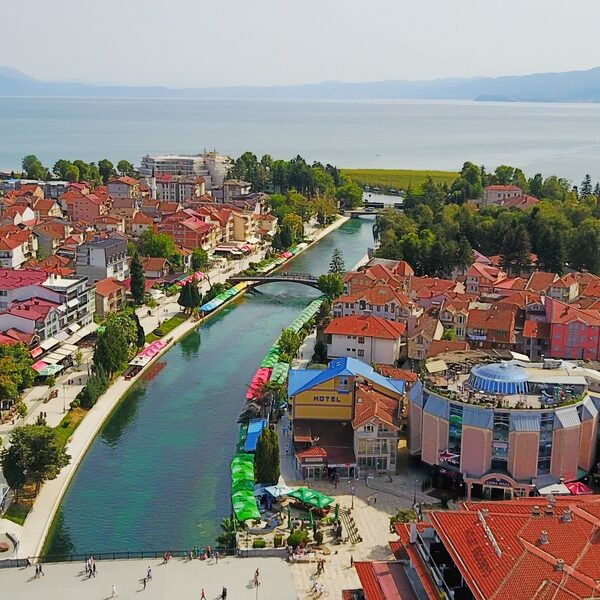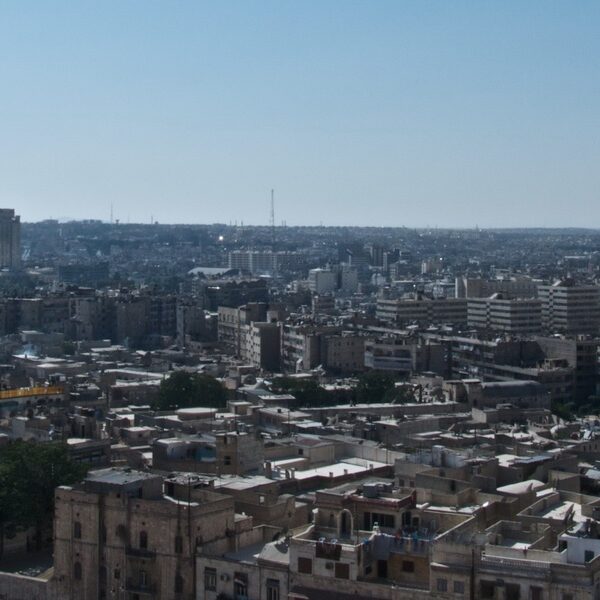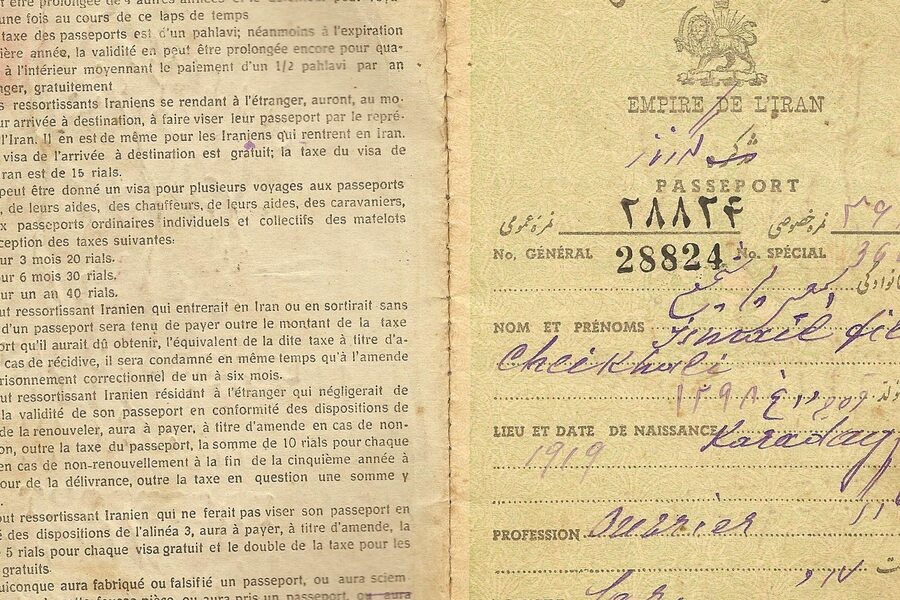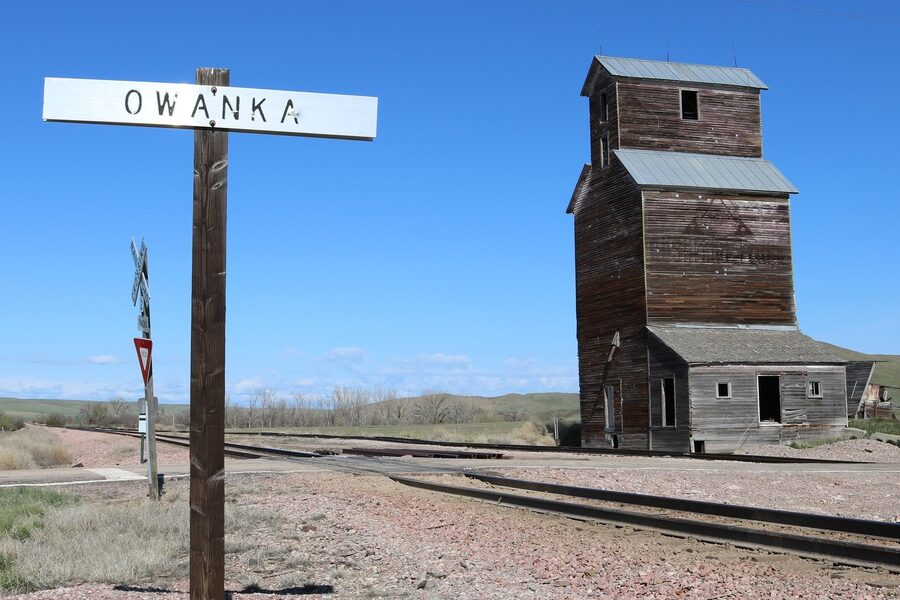Legend says the Dannebrog fell from the sky during the Battle of Lyndanisse in 1219, and that dramatic origin still anchors how Danes mark milestones today.
Traditions in Denmark shape everyday choices, family rhythms, and public rituals, offering cultural continuity, social bonding, and predictable ways to participate in community life.
From quiet home comforts to nationwide civic observances, this piece highlights ten traditions that reveal why Denmark ranks high on measures of trust and wellbeing, and why visitors quickly notice patterns of courtesy, ceremony, and light-filled interiors.
To make sense of them, the traditions below are grouped into three broad categories: Family & Everyday, Seasonal & Holiday, and Civic & Cultural — each showing how small rituals and big dates work together to bind society.
Next: Family & Everyday Traditions, where everyday objects and rites of passage quietly shape Danish life.
Family & Everyday Traditions
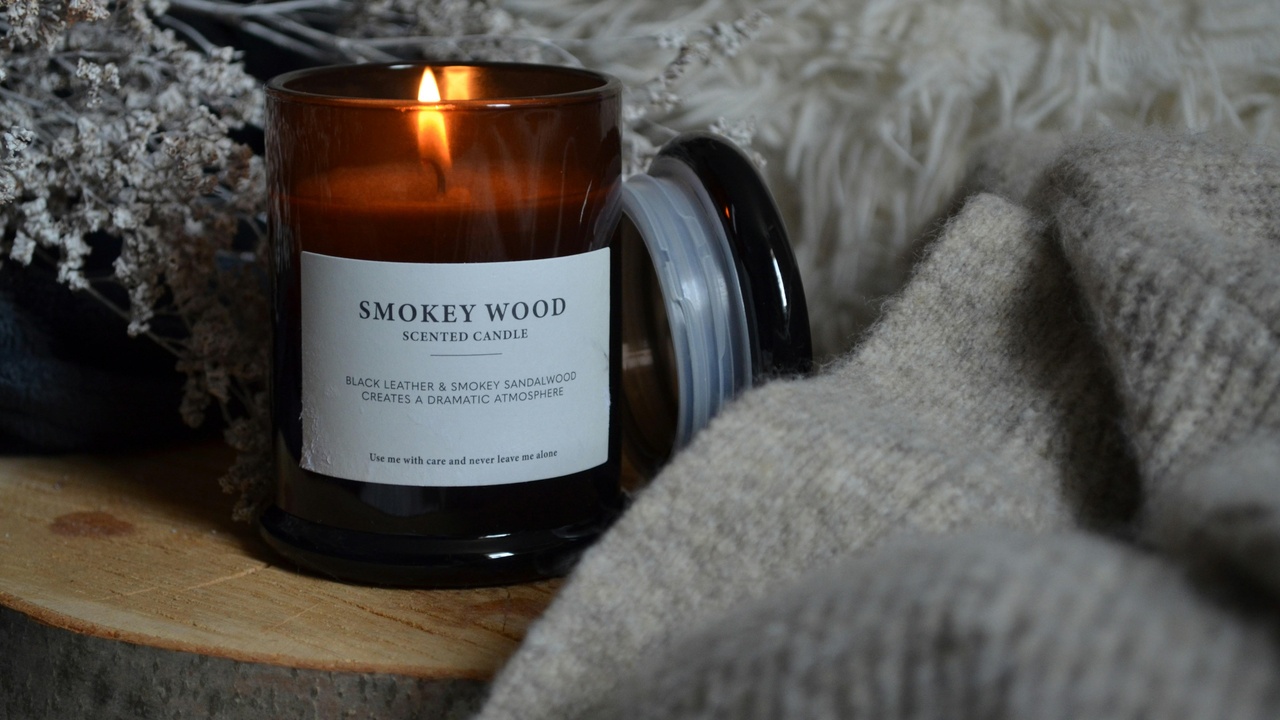
Small daily rituals and lifecycle events are at the heart of Danish social life: lighting candles to create warmth, flying miniature flags for birthdays, and marking a teen’s passage into adulthood with a formal celebration.
These practices make private moments publicly legible — neighbors can tell when someone is celebrating or when a home prioritizes coziness — and surveys consistently show that many Danes prize home-based rituals as key to wellbeing.
Everyday customs also have economic ripple effects: supermarkets promote ready-made Sunday roasts, bakeries sell seasonal treats, and clothing shops stock confirmation outfits each spring.
Below are four central family-and-everyday traditions that visitors will spot quickly.
1. Hygge: Cozy Togetherness
Hygge describes an ethos of coziness, candlelight, and relaxed company — imagine a winter evening with soft blankets, low lighting, and a steaming cup of tea shared with friends or family.
The word gained international attention in books and magazines around 2016, but its everyday practice — lighting many small candles, arranging comfortable seating, and favoring slow, home-based socializing — is older and widespread.
Practical signs of hygge include cafes advertising “hygge nights,” living rooms arranged around warm lighting, and many households using candles daily; roughly two-thirds of Danes report regularly creating cozy atmospheres at home.
2. Sunday Roast (Søndagsmiddag): Family Meals as Ritual
Many families set Sunday aside for a bigger meal — Søndagsmiddag — which serves as a weekly anchor and a chance to regroup after the workweek.
A typical menu might be roast pork or duck with potatoes, gravy, and red cabbage, followed by leftovers that help structure Monday’s lunches and quick dinners later in the week.
Retailers respond with ready-made Sunday dishes and supermarket promotions, and restaurants often offer special Sunday menus to match the home tradition.
3. Konfirmation: The Teen Rite of Passage
Konfirmation marks a young person’s coming of age, typically between ages 13 and 15, blending a church service with a large family party, speeches, and gifts.
Some families opt for secular municipal confirmations, but the social pattern — morning service, photos, and an afternoon or evening reception with friends and relatives — remains consistent across Denmark.
Businesses gear up: dress shops stock white outfits, photographers book confirmation sessions months in advance, and caterers and venues promote package deals in springtime.
4. Flagging for Birthdays and Celebrations (Dannebrog Etiquette)
The Dannebrog is ubiquitous in everyday celebrations: small tabletop flags at birthday cakes, strings of mini-flags on porches, and full-size flags on national and royal anniversaries.
Private flagging is deeply embedded — families commonly place a small flag next to a birthday card or hang a flag from the garden; official flag days and municipal protocols govern public flag-raising.
The flag’s legendary 1219 origin gives it symbolic weight, so even casual displays carry a sense of continuity between private joy and national identity.
Seasonal & Holiday Traditions
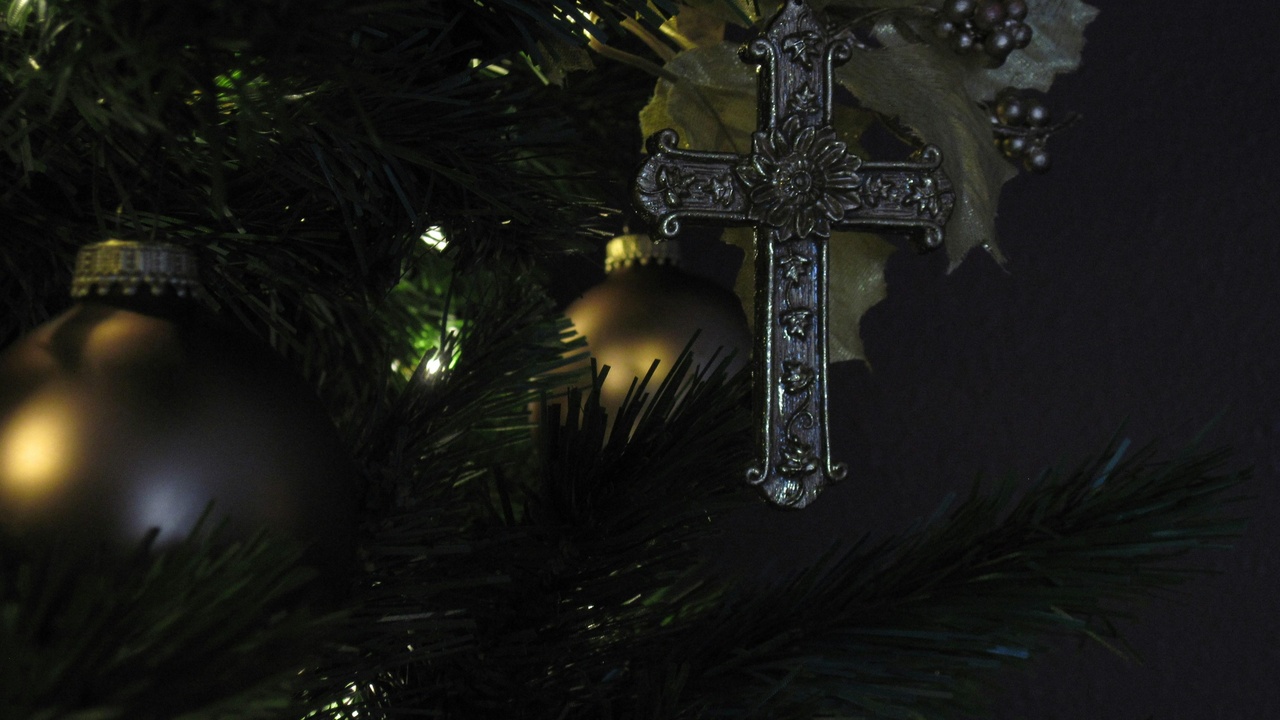
Seasonal rituals punctuate the Danish year: winter evenings centered on Juleaften, midsummer gatherings around Sankt Hans bonfires, and carnival-style Fastelavn in late winter.
Many holidays combine pagan, Christian, and civic layers; public gatherings, traditional foods, and municipal events make these dates visible across town centers and coastlines.
Expect intense retail activity in December, municipal permits for large bonfires in June, and school-led festivities for children’s celebrations — these patterns shape local calendars and tourism flows.
Below are three holiday traditions that structure Danish social life.
5. Christmas Eve (Juleaften) — December 24 Traditions
Juleaften, on December 24, is the emotional center of Danish Christmas: families gather for a generous dinner, dance around the tree, and end the night exchanging gifts.
Typical mains include roast pork, duck, or goose with potatoes and red cabbage, and dessert traditionally features risalamande (rice pudding) with one whole almond hidden — the finder wins a small prize.
Shops and markets bustle through December as Danes prepare for family meals and gifts; many expat families adapt by holding their main celebration on Dec 24 to match local customs.
6. Sankt Hans Aften (Midsummer) — June 23 Bonfires
Sankt Hans Aften, observed on June 23, brings communities together along coasts and parks for bonfires, speeches, singing, and the theatrical burning of a witch effigy.
The custom traces back to St. John’s Eve and older midsummer rites; modern municipalities organize major bonfires that can attract hundreds or thousands of spectators in larger towns.
Local choirs or mayors often give short speeches, and safety planning — permits, lifeguard presence at waterfront sites, and crowd management — is a routine part of the event’s logistics.
7. Fastelavn: Children’s Carnival and “Barrel Beating”
Fastelavn falls seven weeks before Easter (date varies) and is a child-centered carnival featuring costumes, parades, and the traditional game slå katten af tønden — once literal, now a candy-filled barrel game.
Bakeries sell fastelavnsboller, cream-filled buns decorated for the season, and schools often hold costume days and barrel-beating events so children can participate in the communal fun.
Communities preserve the festive atmosphere while replacing old animal-related practices with sweets, crowns for the “king” or “queen” of the barrel, and family-friendly parades.
Civic & Cultural Traditions
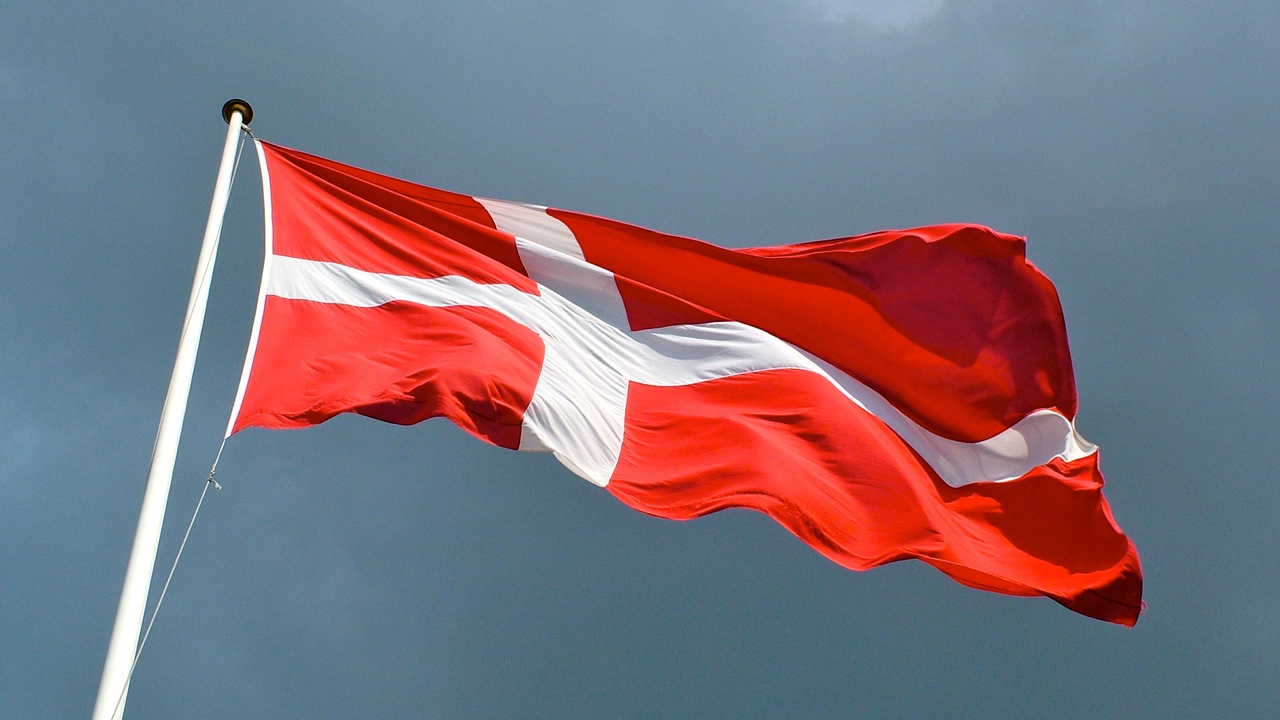
Civic traditions preserve historical memory and encourage public participation: educational movements, flag days rooted in legend, and Constitution Day ceremonies are all part of civic life.
Key historical dates anchor these practices — Rødding Højskole opened in 1844, the constitution was adopted in 1849, and the Dannebrog legend dates to 1219 — and institutions keep the rituals alive.
Below are three traditions that link Denmark’s past to its present public life.
8. Folk High Schools (Folkehøjskole): Lifelong Learning Culture
The folkehøjskole movement, inspired by N.F.S. Grundtvig and launched with Rødding Højskole in 1844, emphasizes civic education, personal growth, and non-formal adult learning.
Many young Danes take a gap-year course at a folk high school between secondary school and higher education; today tens of thousands enroll in short residential courses each year, with around 30,000 annual participants at peak seasons.
Typical programs run from a few weeks to months and cover arts, politics, sustainability, and outdoor life — fostering civic engagement and local networks long after the course ends.
9. The Dannebrog Legend and Flag-Day Customs
The Dannebrog legend — the flag falling from the sky in 1219 — functions as a cultural touchstone and informs everyday flag etiquette across Denmark.
Official flag days and private displays coexist: public buildings fly Dannebrog on royal anniversaries and national days, while households use small flags for birthdays and personal milestones.
Municipal ceremonies and royal events often feature formal flag-raising, making the flag both a civic symbol and a visible element of neighborhood celebrations and tourism branding.
10. Grundlovsdag: Constitution Day (June 5) and Civic Life
Grundlovsdag, observed on June 5, commemorates the 1849 constitution and serves as an active day for public speeches, town-hall meetings, and political debate.
Across towns large and small, citizens gather to hear party leaders, local officials, and civil-society groups speak; NGOs and political organizations use the day to mobilize and present policy platforms.
In Copenhagen and mid-sized towns, typical activities include morning debates, afternoon rallies in public squares, and evening gatherings that keep civic engagement visible year after year.
Summary
- Small domestic rituals — candles, Sunday roasts, and birthday flags — shape daily life and create social cohesion at the household level.
- Seasonal observances like Juleaften (Dec 24) and Sankt Hans (June 23) combine food, public gatherings, and theatrical rituals that bring communities together.
- Historic dates and institutions — the Dannebrog legend (1219), Rødding folk high school (1844), and the 1849 constitution — anchor public memory and civic participation.
- Respectful participation is the best approach for visitors: observe local cues, join a communal moment, and you’ll see how traditions in denmark connect private life to public identity.

